
The ESDC and the International Planetary Data Alliance
The 14th IPDA Steering Committee meeting took place from May 8 through 10 at the Observatoire de Paris.

We are pleased to announce the release of the first ESA stand-alone PROBA-2 Science Archive (P2SA).
This on-going mission –launched in 2009 and originally planned for only two years–
is part of ESA’s in-orbit Technology Demonstration programme.
Besides a manifold of technology demonstrators, it includes two solar and space weather experiments,
the SWAP EUV imager and the LYRA Lyman-Alpha radiometer.
The new long-term archive shares all the files available from the mission,
in sync with its operational archive at the PROBA-2 Science Centre of the Royal Observatory of Belgium.
It is the first time that all instrument data can be queried over time, spectral range and processing level.
Of special scientific interest are the Carrington rotation long movies (27 days) that nicely demonstrate the large field-of-view of the SWAP imager.
Background information on the mission and its experiments,
quick-look plots,
and a classic FTP server are also provided.
Users can get support through the archive's Helpdesk.
Image: ESA/ESDC

The 14th IPDA Steering Committee meeting took place from May 8 through 10 at the Observatoire de Paris.

New Rosetta and Mars Express data have been delivered to the Planetary Science Archive in the last two months.
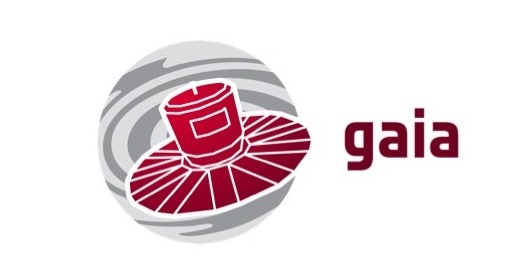
Users have performed about 62 million queries,
and more than 1000 refereed papers have been published during this period.

The ESDC participated in the IV Jornadas de Astronomía with a couple of hands-on activities making use of ESASky.
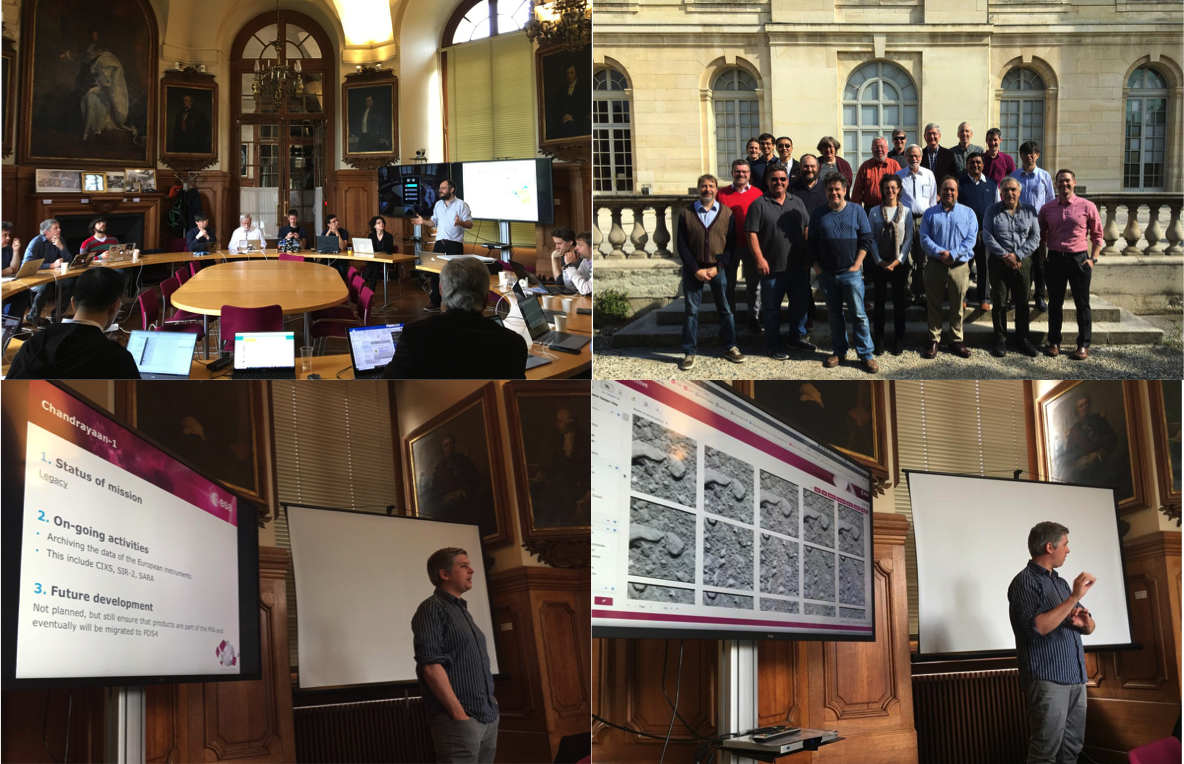
The International Planetary Data Alliance (IPDA), founded in 2006,
is a closely cooperating partnership between space agencies (including ESA and NASA, and many other)
to maintain the quality and performance of data (including data formats) from planetary research using instruments in space. Member organisations participate in both its Board and on specific projects related to building standards and interoperable systems.
The 14th IPDA Steering Committee Meeting was held at the Observatoire de Paris (France) from May 8 to May 10, 2019.
The European Space Agency was represented by members of the ESDC Planetary Science Archive (PSA) team,
who presented an overview of the status of the ESA planetary missions
and discussed data access protocols to enable easy data sharing and interoperability between platforms.
Images: C. Arviset & I. Barbarisi
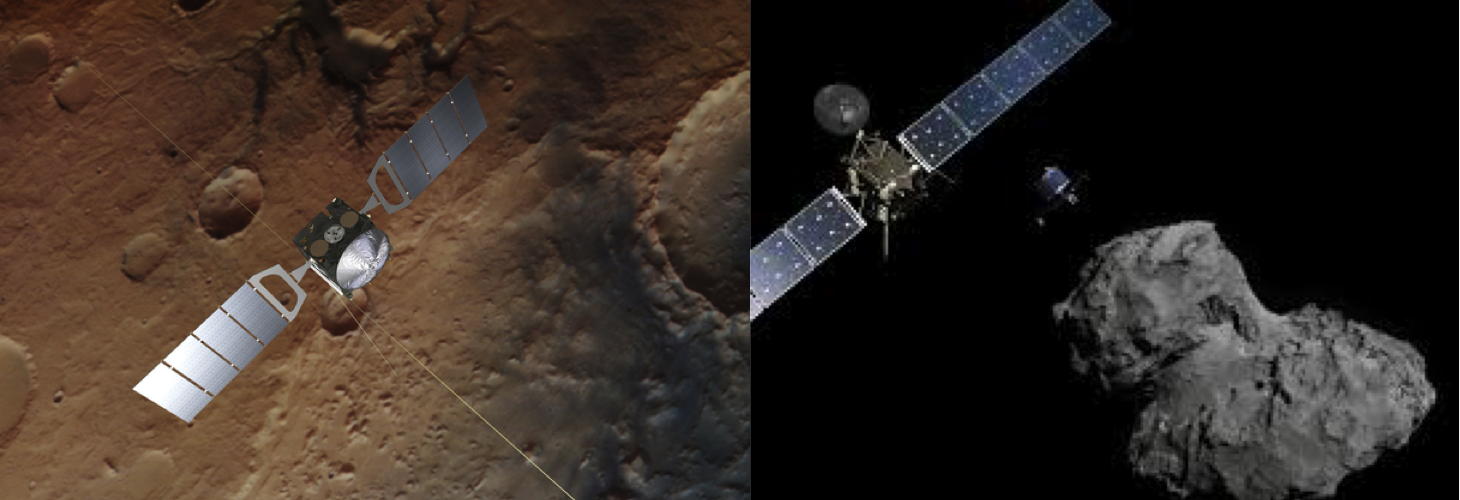
Since mid-March, the data holdings of the Planetary Science Archive (PSA) have been increased with new datasets from the Rosetta and Mars Express missions:
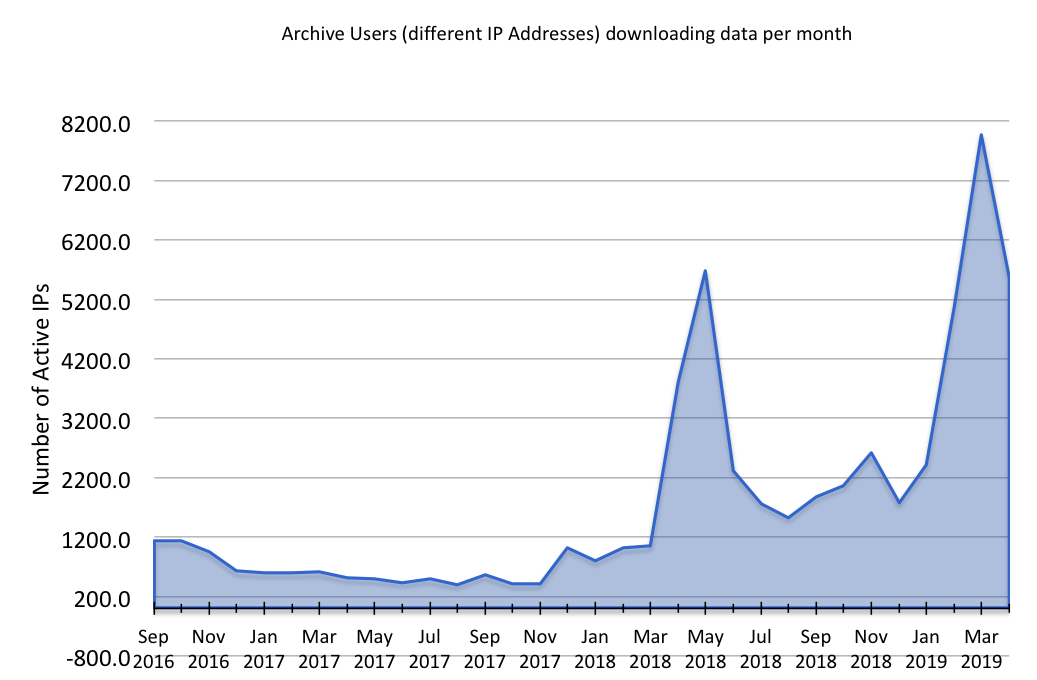
On 25 April 2018, the second Gaia data release (Gaia DR2) was published.
This was a very important mission milestone,
with a release of high-precision parallax and proper motion information for more than 1.3 billion sources
along with precise and homogeneous photometry.
Gaia DR2 also contains one of the largest radial velocity surveys to date.
It also provides positional and brightness information for nearly 1.7 billion sources,
and additional information (astrophysical parameters, variability information) for a subset of these sources.
Next to this, epoch astrometry was released for about 14,000 asteroids,
and a first non-rotating full sky optical reference frame by Gaia based on more than 550,000 quasars.
The release was accompanied by substantial improvements in the Gaia Archive,
aimed at facing the great challenge of handling the nearly 20,000 GB of data hosted in it
(including not only Gaia DR2, but also previous data releases and ancillary data, as well as the data stored in the user spaces),
and at preparing for the future –and even more challenging– data releases.
In this year, archive users have performed around 62 million queries and produced more than 1000 refereed papers.
The number of users accessing the archive has been nearly 90,000 only via the user interface.
In addition, more than 5000 users have explored the Gaia DR2 catalogue using the visualisation features of ESASky.
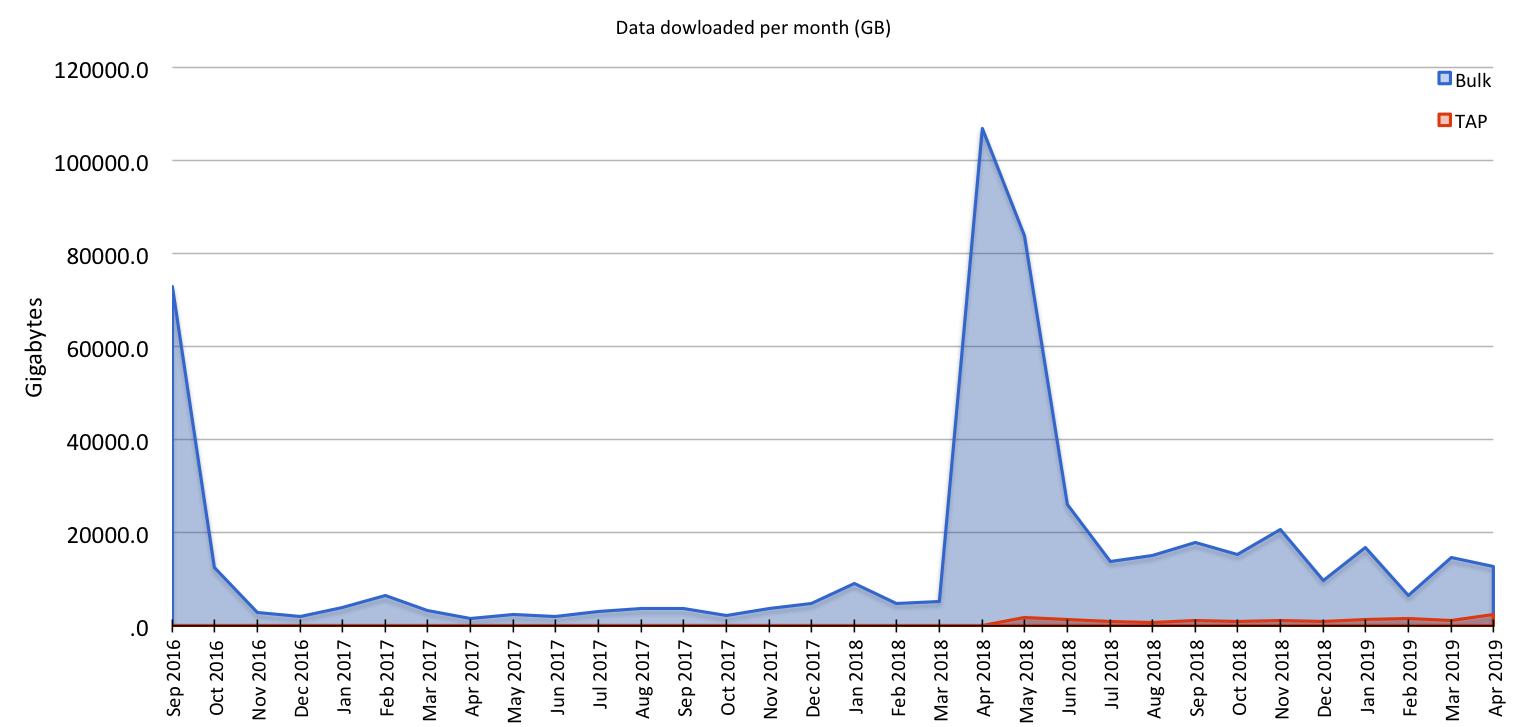
The Gaia data are being used in many different areas of astrophysics and planetary science:
from research on the kinematics of the Milky Way to white dwarfs,
from dust mapping to improving stellar occultation predictions,
and from discovering new clusters or stellar streams to improving other catalogues when combining them with Gaia data.
The science performed with Gaia is very diverse.
With an average of three publications per day, the scientific achievements of Gaia DR2 have been remarkable.
A summary of the results was presented at the 53rd ESLAB conference,
a conference dedicated to the science performed with Gaia data which was held one month ago.
The Gaia Archive team is already working to get everything ready for the next data releases,
Gaia EDR3 (third quarter of 2020) and Gaia DR3 (second half of 2021).
Expectations are high about the science that can be done with the improved astrometry and object characterisation of these releases.
In the meantime, users of the archive and of Gaia DR2 data can get support via the Gaia Helpdesk.
Images: ESA/ESDC
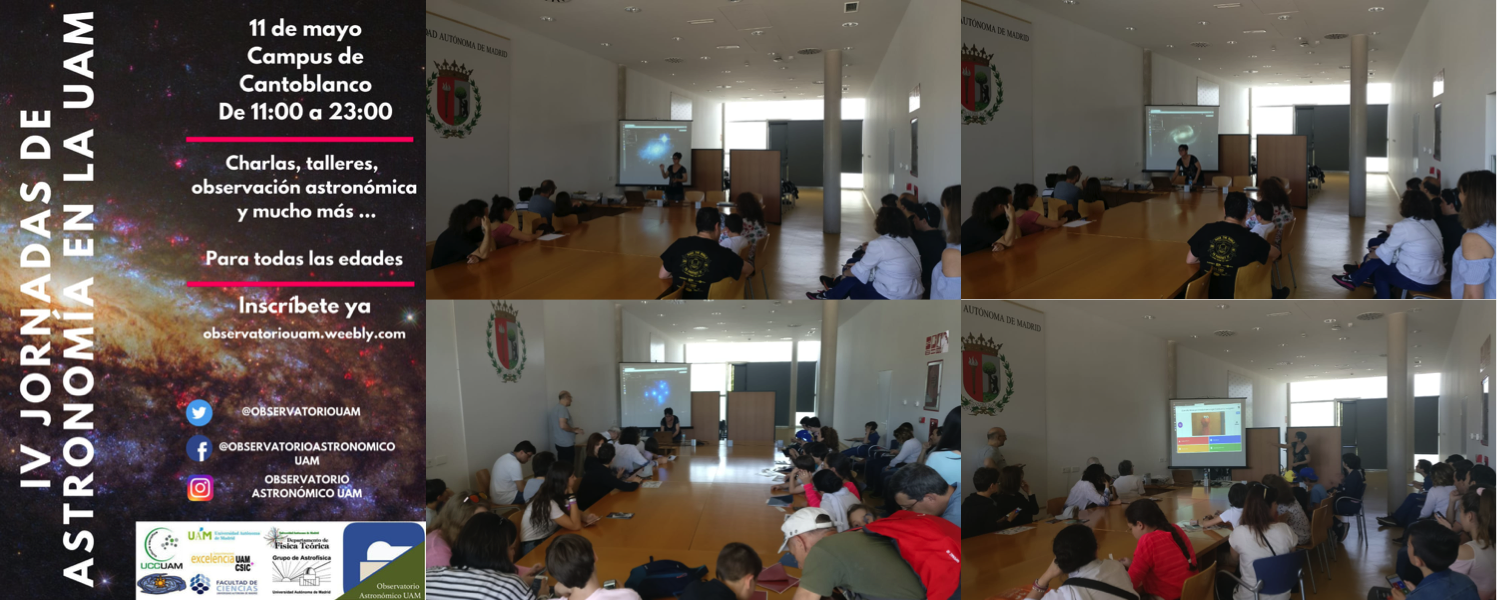
On Saturday, May 11, 2019, the Universidad Autónoma de Madrid (UAM),
one of the biggest universities in the Madrid area,
celebrated its IV Jornadas de Astronomía.
This outreach event, organised by the UAM astronomical observatory,
gathered about 1600 people on campus to learn Astronomy through public talks, exhibitions, hands-on activities, and astronomical observations.
The ESAC Science Data Centre was invited to participate in the event,
and we did so by offering two hands-on sessions where visitors could explore the sky using ESASky on their mobile phones.
The activities were based on the educational activities
developed by the ESDC in collaboration with the CESAR educational initiative.
Participants of all ages learned about the different types of galaxies and their characteristics, and about the interstellar medium.
At the end of each session, a quiz put their newly acquired knowledge to test.
The three people providing the highest number of correct answers in the shortest time won a prize: a bag of ESA goodies.
We all enjoyed the experience –attendees and facilitators alike– and look forward to having the chance of repeating… maybe next year in the same venue?
Images: Observatorio UAM & D. Baines